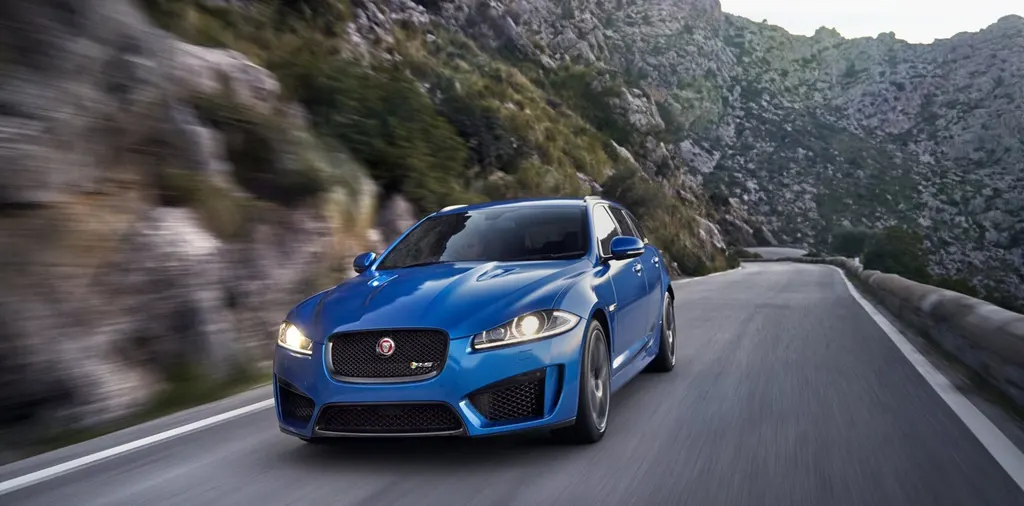Jaguar, which was born in the UK, is one of the world’s famous luxury car brands. The car is as its name implies, and Jaguar is pursuing the power, speed and beauty like a tiger and a leopard. However, this brand, which once made British people proud and glorious, changed hands several times during the economic crisis. Let’s take a look at Jaguar’s history of change from the 1930s to today.
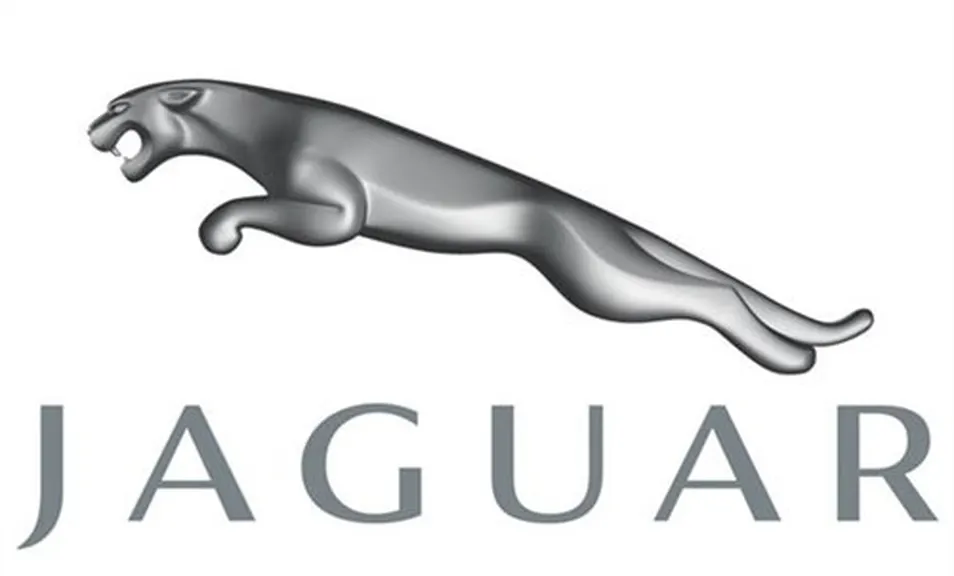
William Lyons, the founder of Jaguar, was a motorcycle enthusiast when he was young. At the age of 21, he met William Walmsley, a like-minded mechanic. In 1922, the two co-founded Swallow Sidecars Company. Since entering this field, Lyons and Walmsley have positioned their products as luxurious and have established a foothold in the high-end market. Soon, the Swallow Sidecar Company moved to Coventry, a major town of automotive industry in the UK, which laid the foundation for future development.
The Swallow Sidecar Company has embarked on the right track of steadily growing and developing in a short time, and has achieved quite outstanding performance achievements. The ambitious William Lyons is not satisfied with this, he wants to continue to make greater progress. In 1934, Lyons acquired the shares of Walmsley, reorganized the car factory and changed the company name to SS.

In 1935, with the advent of a series of new cars and sports cars, the name “Jaguar” appeared for the first time. Before the opening of the London auto show that year, the first SS Jaguar 2.5L sedan with a Jaguar label was unveiled at a luxury ceremony held at the Mayfair Hotel in London. The car is considered to be comparable to Bentley, but the price is only a quarter of Bentley. In order to meet the needs of different consumers, a 1.5L model with smaller displacement and lower price was launched, and another 3.5L model was launched two years later.
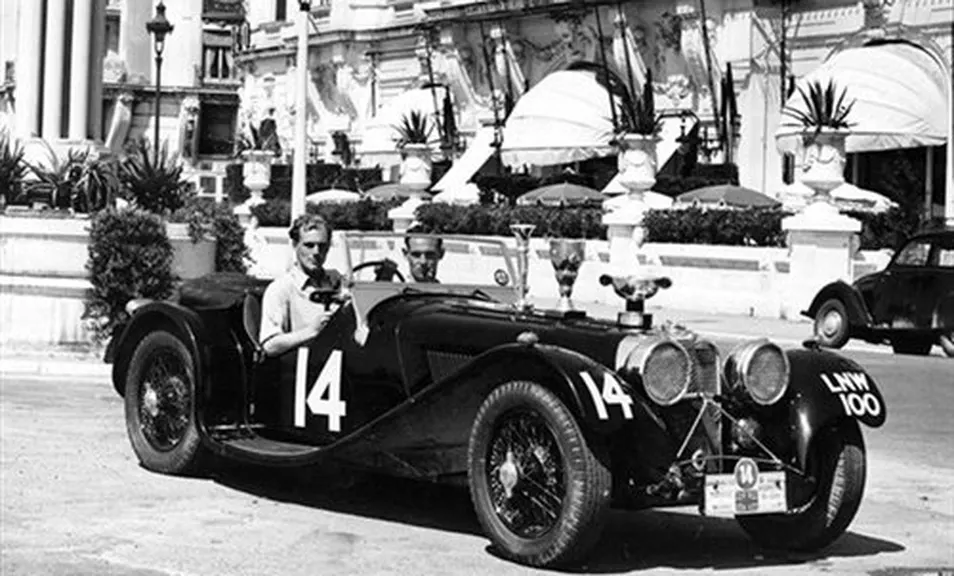
The Jaguar SS100 convertible was launched in 1935 and is a sports car that the company is proud of. However, the classic features of comfort, ease of use and strong sports performance come from the Jaguar SS100 3.5-liter sports car which was launched in 1938. The car has more spacious interior space, a new body with larger doors, and a stronger chassis.
With a smooth arc shape and beautiful detail design, SS100 becomes the competitive choice. The 3.5-liter engine gives the car real sports car performance. It only takes 10.5 seconds to accelerate at 0-100 km / h, and the maximum speed is more than 160 km / h. The car won prizes in Alpine road rally and British RAC rally.
At that year’s auto show, Lyons designed a more fashionable appearance for the SS100, which is similar to the Bugatti model of that year. There was only one finished product before World War II, and the war declared the temporary end of the era of large-scale automobile production.
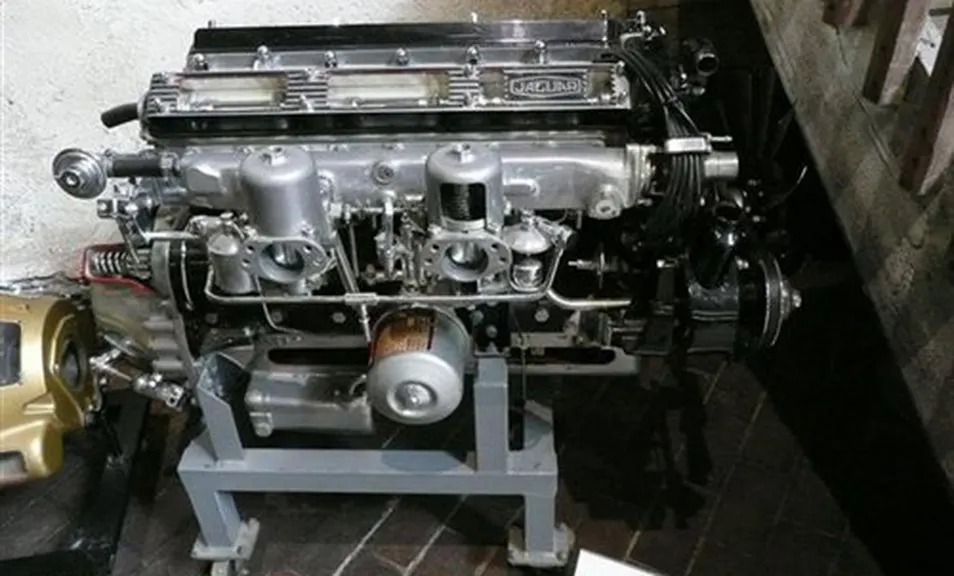
The in-line six cylinder engine was first developed by engineers in the factory during World War II by taking advantage of night fire protection time, which later established the company’s leading position in this field. At the same time, the company name SS was overshadowed by the same Nazi abbreviation. As a result, Lyons changed the name SS into Jaguar in 1945.
Jaguar was in a difficult situation in the early postwar period, and it was imperative to resume production as soon as possible, and the best way to revive it was to relaunch those models before the war. It was not until 1948 that Jaguar released its first post-war new model, the Mark V. However, the car is only a transitional model in Jaguar’s product strategy, so it is not equipped with a new engine that has been successfully researched.
The new engine boldly adopts the design of overhead camshaft. It is an in-line six cylinder engine with a capacity of 3.5L, which is finally named XK. The output power of XK engine reached 160 horsepower, which was a great achievement at that time, and XK engine was also the reason why Jaguar kept leading in the industry for a long time.
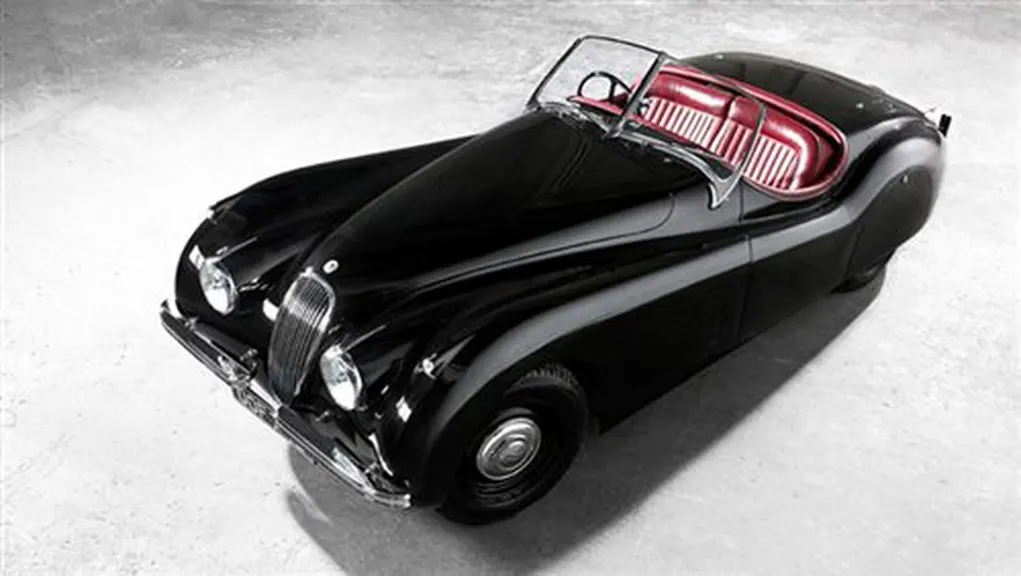
Jaguar has an excellent new chassis and exciting XK engine, but has not yet built a complete sports car. Jaguar decided to start with a small amount of production, and in order to catch up with the 1948 auto show, they had to design the right body as soon as possible. So the XK120 convertible sports car was born in such a background. It subverted the whole auto show with its excellent body image.
This is an unpainted racing car. It has Jaguar’s elegant and refined demeanor and incomparable comfort. In order to prove its speed, Jaguar carried out a test in Belgium. The test result was 202 km / h, while the speed of the car without windshield reached 212 km / h, becoming the fastest mass production car in the world.
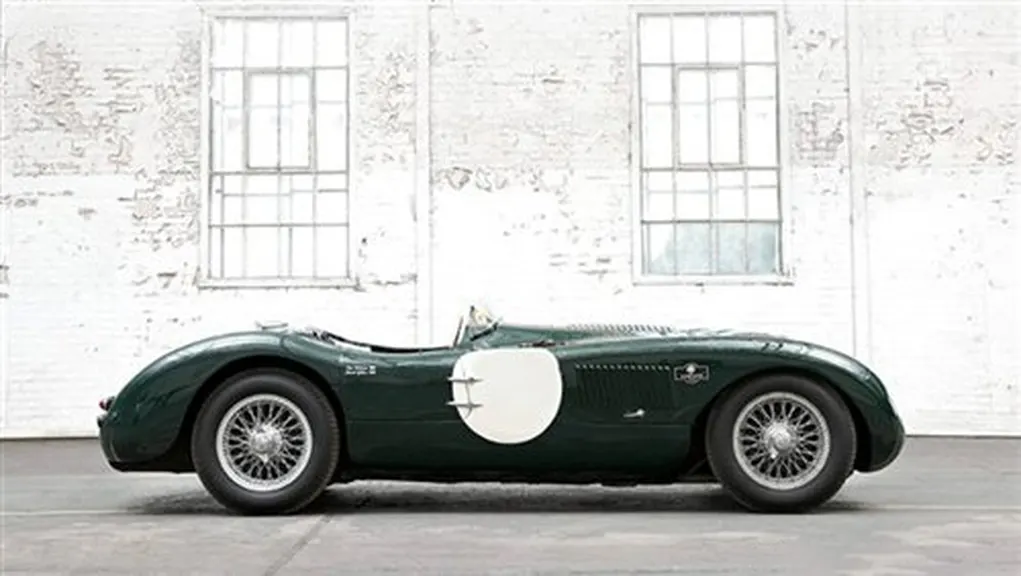
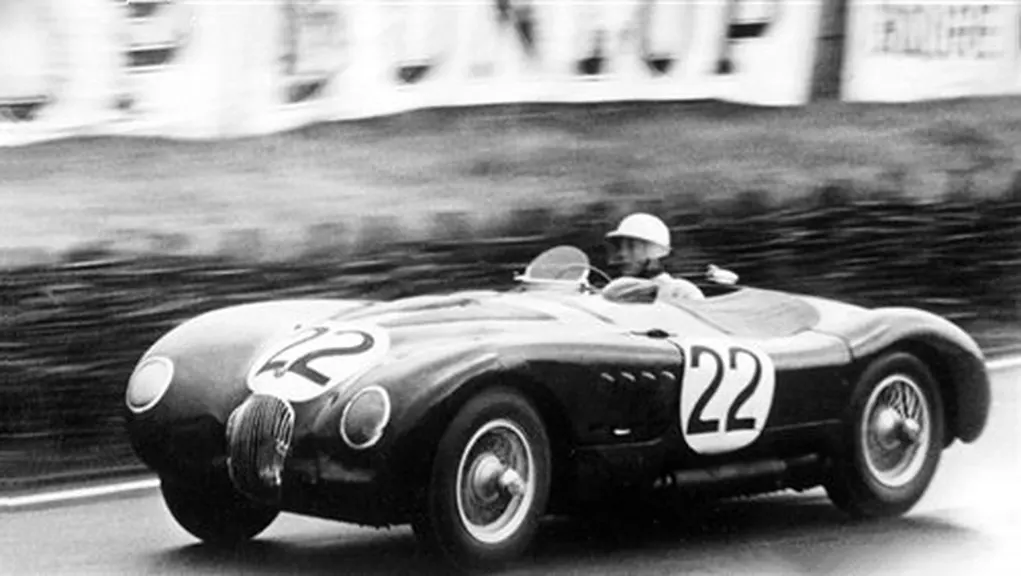 Jaguar has the foundation and potential to successfully build a racing car, as long as the weight of the car is reduced and the use of aerodynamics is improved. Jaguar produces cars for the purpose of competition, and XK120C is born. This is the first successful model C-type of Jaguar on the track. It has a beautiful, rounded shape, deeply inspired by the principle of aerodynamics. Based on the XK120, the C-type is more powerful, but its weight is reduced by 25%. It successfully made its debut in the Le Mans 24-hour endurance race.
Jaguar has the foundation and potential to successfully build a racing car, as long as the weight of the car is reduced and the use of aerodynamics is improved. Jaguar produces cars for the purpose of competition, and XK120C is born. This is the first successful model C-type of Jaguar on the track. It has a beautiful, rounded shape, deeply inspired by the principle of aerodynamics. Based on the XK120, the C-type is more powerful, but its weight is reduced by 25%. It successfully made its debut in the Le Mans 24-hour endurance race.
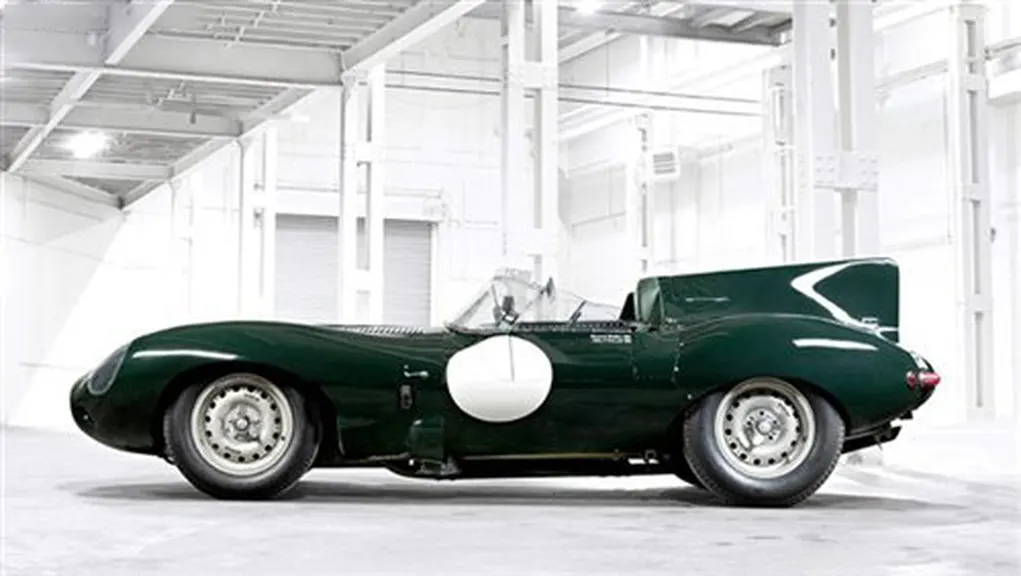
The C-type sports car was soon replaced by the D-type, which has a unique stable tail and is one of the most beautiful cars in history. At the same time, this is the first real application of the single shell body structure in the automobile movement. Until now, this structure is still used by most racing cars.

The D-type model attaches the front-end console that carries the engine, steering wheel and front suspension to the body made of magnesium alloy. In addition, many practices, including the design of soft fuel tank, draw lessons from the technology in the aviation field. The car was a great success in Le Mans. In 1957, five individual D-types won the first, second, third, fourth and sixth places.
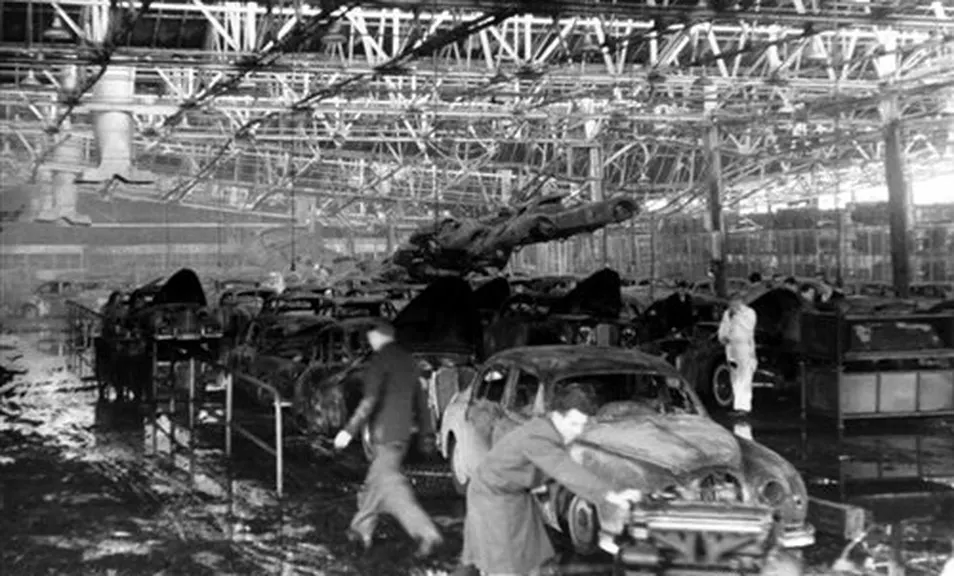
On the evening of February 12, 1957, a fire broke out in the repair area of the Jaguar Browns Lane factory and swept the entire production line. The production of XK-SS (D-type civil version with luxury interior) was abruptly suspended, and the disaster almost ruined the launch of Jaguar 2.4 sedan. The fire caused a loss of 3 million pounds, a huge amount at that time. However, with the joint efforts of the manufacturer and the supplier, the factory restored 1 / 3 of its production capacity only two weeks later.
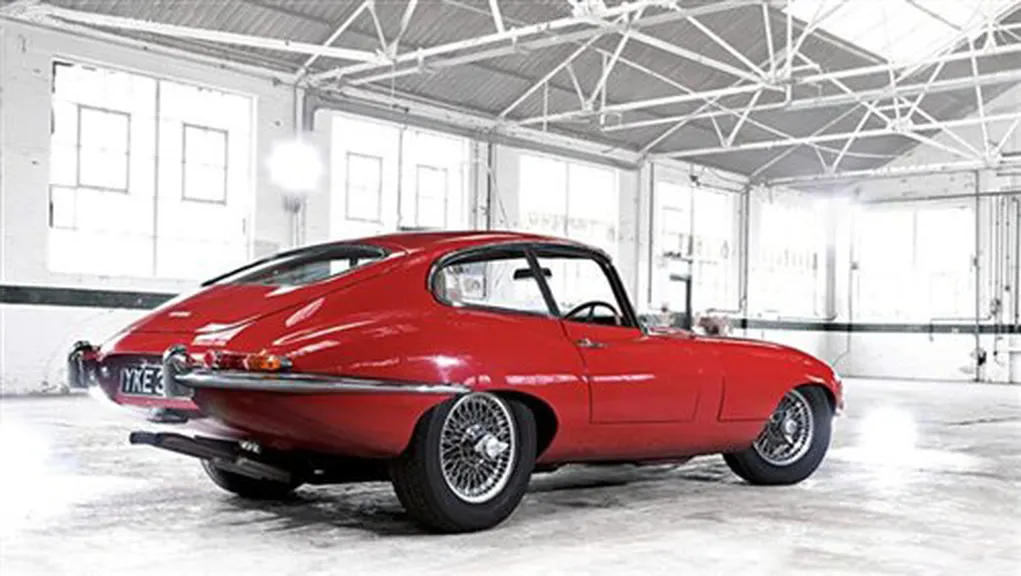
E-type, a successor to D-type, made a splash when it was launched at the Geneva auto show, and Enzo Ferrari called it the most beautiful car in history. From the appearance point of view, E-type has an incredibly long, slender and beautiful hood, which exudes the elegance, strength and beauty of leopard.
E-type adopts a new independent rear suspension, which has quite stable handling performance when driving on different roads. Equipped with the 3.8-liter XK engine, which was first used in XK150, it has an excellent performance of 265 horsepower and a body with less air resistance, with a top speed of 241 km / h and can accelerate 0 to 100 km / h in 6.9 seconds.

In 1965, Jaguar began to design a sports car with a mid-engine. In order to get enough power to drive, they built a four-cam, five-liter V12 engine. The car named XJ13, was built in 1966, but unfortunately the race rules changed so that the car, which was specially developed for Le Mans, could not compete.
Jaguar XJ13 is often described as the best Jaguar car model ever. The only remaining XJ13 was seriously damaged in an accident in 1971, and then rebuilt. It is currently displayed in a museum for car lovers to see. It is the rarest and priceless treasure of all Jaguar cars.
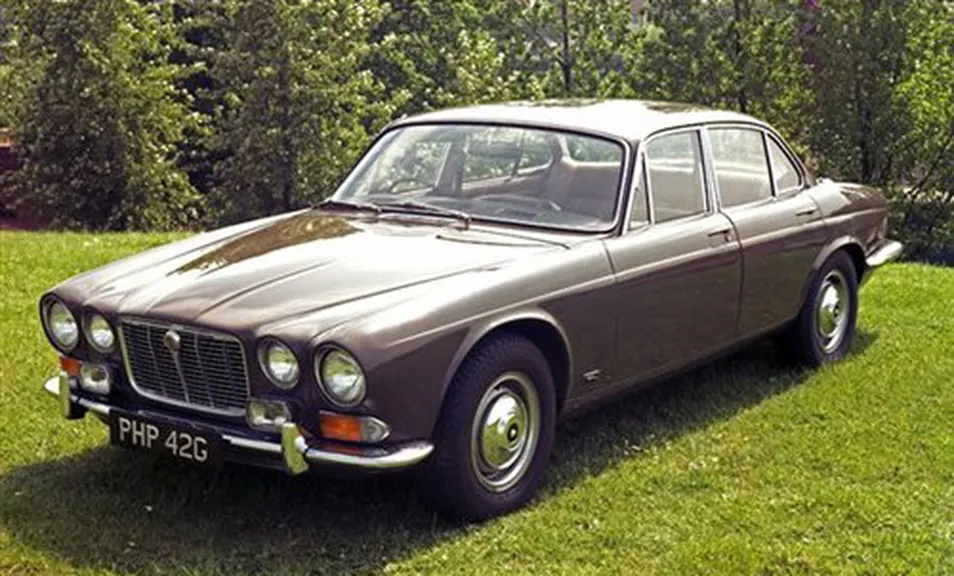
In the late 1960s, Jaguar owned a lot of car models in a relatively narrow market range, but these models began to be a little outdated, and Jaguar once again sought self-breakthrough. The XJ6 was launched in 1968. It is the most outstanding car produced by Jaguar so far, and it has been praised as soon as it comes into the market.
The XJ6 is the last car designed by Mr. William Lyons, which also became his longest-lived creation, selling more than 400,000 units in the next 24 years. XJ6 sedan emphasizes comfort, smooth and quiet driving experience, establishes refined and elegant standards, and leads the future luxury car market. With the advent of XJ series sedans, except for the 420G model, which temporarily retains lower production, other sedans have stopped production.
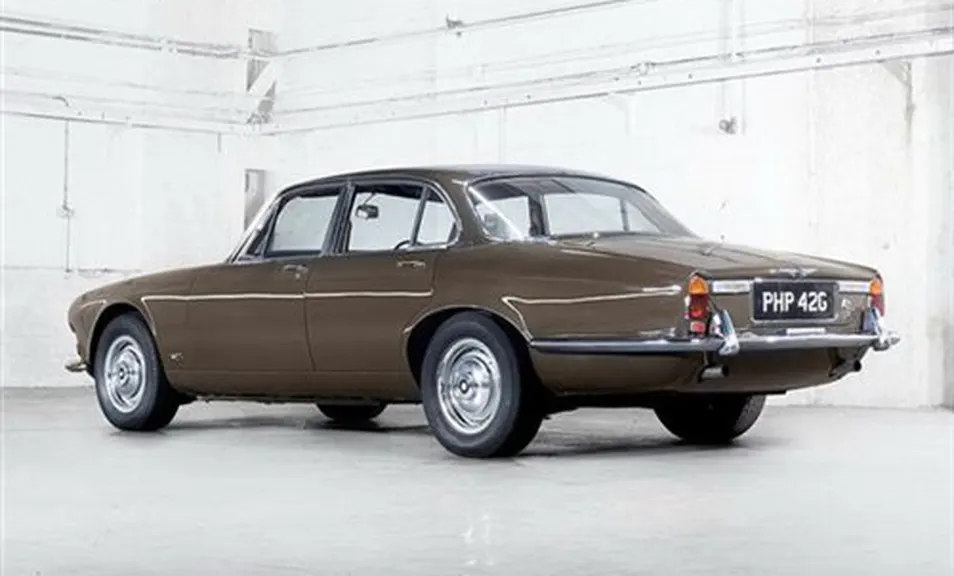
Since the launch of XJ6, the production line has produced more than 250,000 vehicles in four years. After that, Jaguar equipped this model with a customized 5.4L V12 engine. It became the world’s fastest four door car at that time, with a speed of 225 kilometers per hour. The original XJ was modified in 1973 and 1979, and the V12 version was still on sale until 1992.
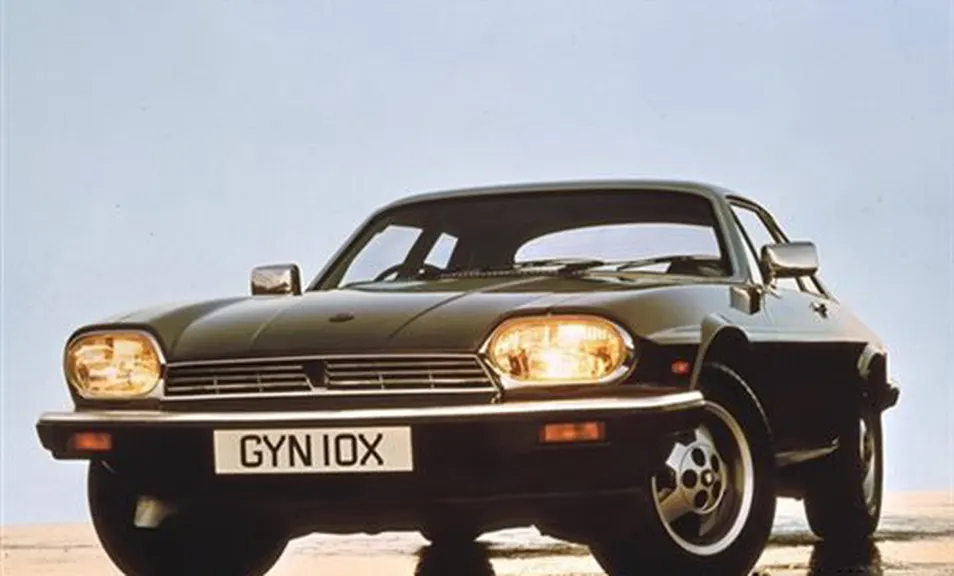
The XJ-S, released in 1975, is a sports car based on the XJ series. As an alternative to the classic E-type, the XJ-S inherits Jaguar’s racing gene and combines luxury and refinement. However, the XJ-S is more like a racing car than a sports car. The XJ-S uses a V12 engine, which makes the performance of the car extremely excellent. 0-100 km / h acceleration can be completed in 6.9 seconds, and the maximum speed reaches 241 km / h. Although some people dispute the appearance of the new car, its configuration is impeccable. The car’s workmanship is more refined, and the mute effect is greatly improved, reaching the standard of advanced luxury models, and the air conditioner in the car is as standard.
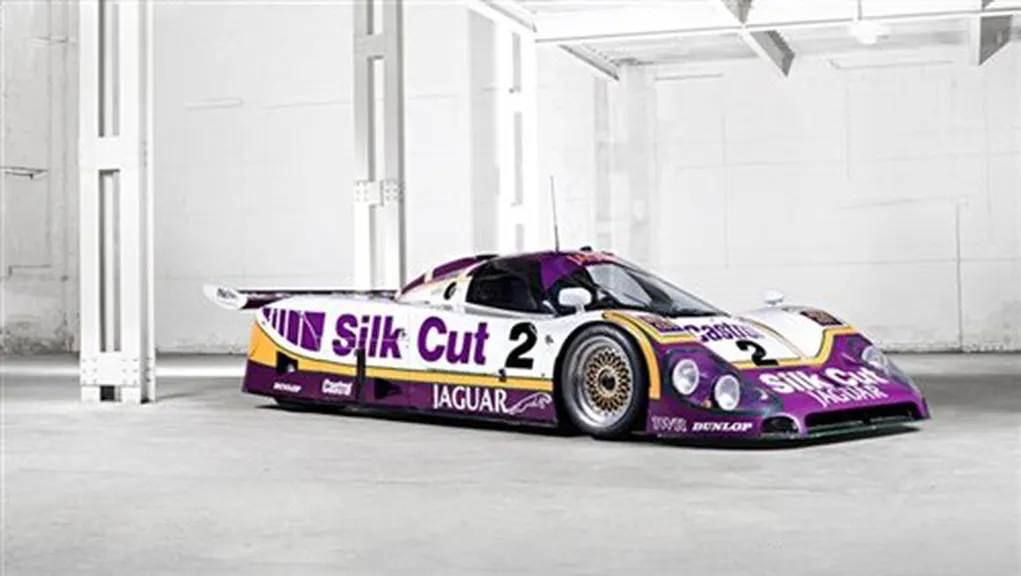
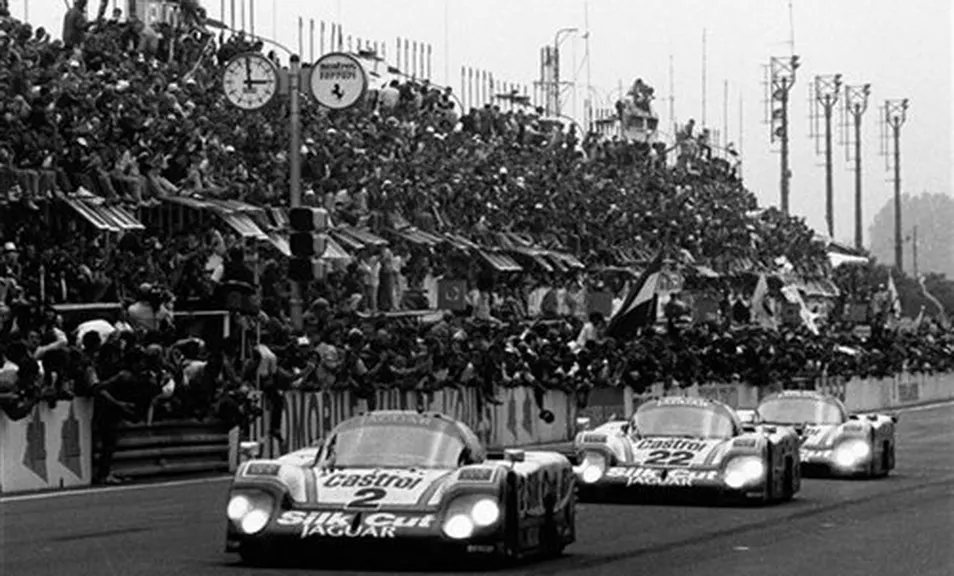 In 1988, participating cars were further improved to XJR-9 with a 7.0-liter engine. Porsche has dominated Le Mans for many years, but Jaguar successfully won the counterattack with the input of more than five XJR-9LM cars in that year’s event, and won the driver and team trophies, which is another major victory after the great victory of five Jaguar cars in the 1950s.
In 1988, participating cars were further improved to XJR-9 with a 7.0-liter engine. Porsche has dominated Le Mans for many years, but Jaguar successfully won the counterattack with the input of more than five XJR-9LM cars in that year’s event, and won the driver and team trophies, which is another major victory after the great victory of five Jaguar cars in the 1950s.
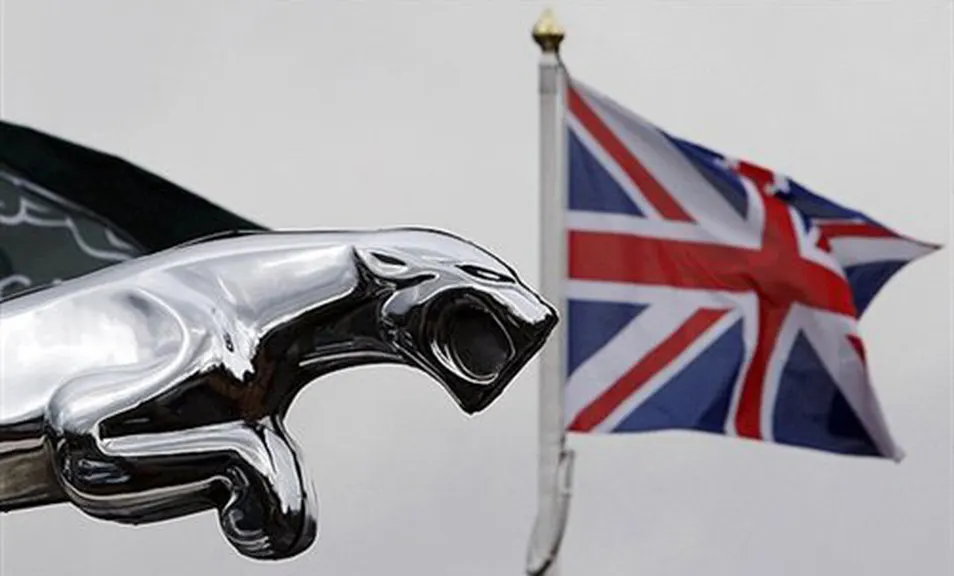
In the 1980s, the whole British industry was on the decline, and Jaguar was not spared. Even though the XJ series still maintained Jaguar’s unique and noble personality, the company’s operation was getting worse and worse. In 1989, America Ford Motor acquired Jaguar for $4.07 billion. As a luxury car brand operated by Ford alone, Jaguar has always maintained its elegant and noble temperament.
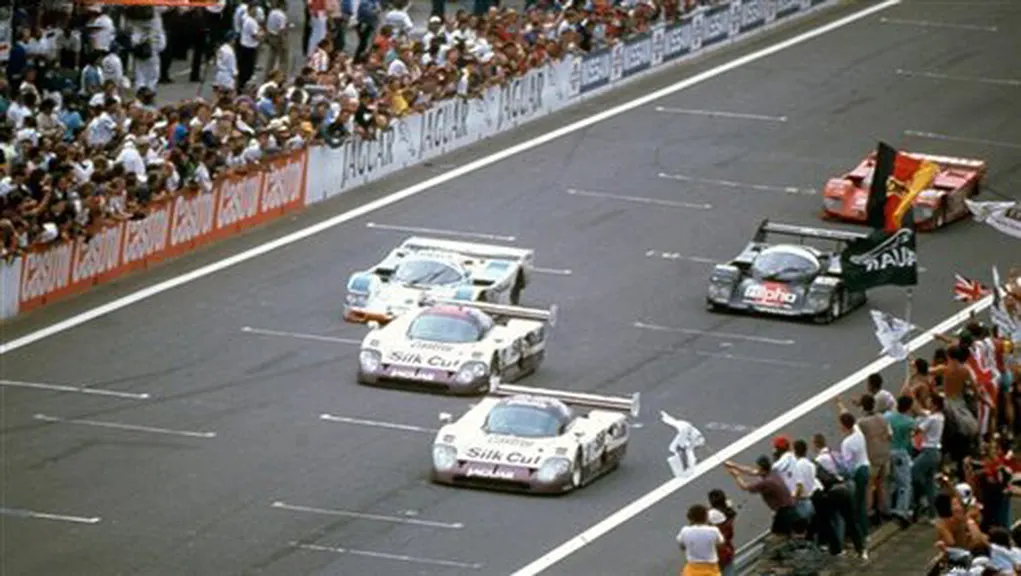
One of the ways Ford has put itself into building Jaguar’s brand is to keep it involved in racing. 4 XJR-12 long-distance racing cars with V12 engine competed with 19 Porsche and 7 Nissan cars. After 24 hours of fierce competition, Jaguar team finally win the championship and runner-up. It happened to be the 40th anniversary of Jaguar’s debut at Le Mans and the seventh time that Jaguar team won the trophy.

Inspired by XJR-9’s success in the Le Mans endurance race, Jaguar hopes to build a road car with the same extraordinary performance. As a result, Jaguar developed the XJ220, which makes only 300 vehicles. In the original concept, the XJ220 should be a mid-engine, four-wheel drive configuration, and the body is made of all aluminum alloy materials. However, due to the requirements of time, technology and general road performance, the engine was finally changed to 3.5L V6 dual turbocharged engine, and the driving mode is also changed to rear drive, with the maximum speed of 322 km / h, which makes it once became the fastest mass production vehicle in the world in the early 1990s.
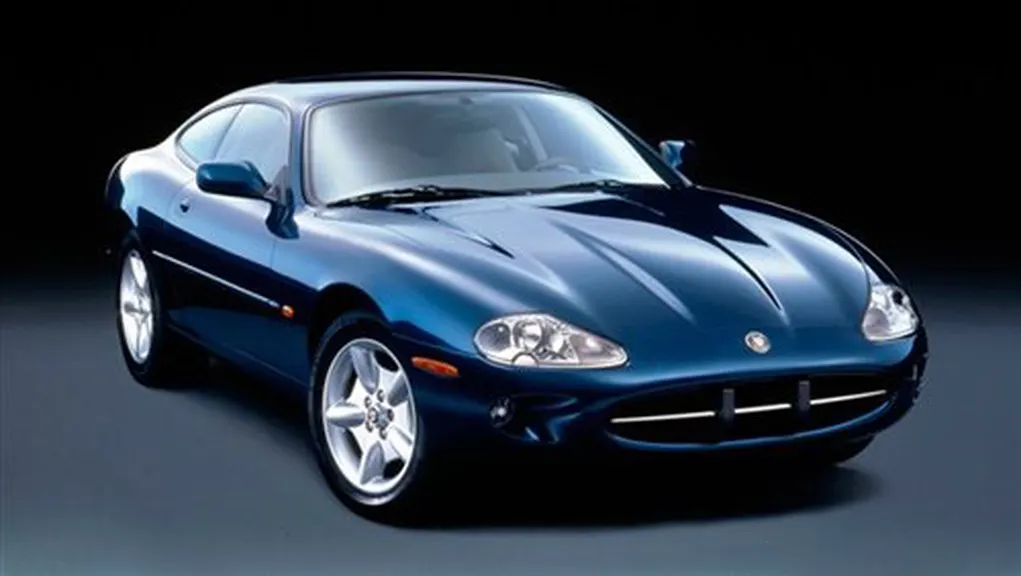
Jaguar’s own design team beat competitors in other parts of the Ford group to design a new sports car for the company’s first V8 engine. Inspired by the iconic Jaguar cars of the past, the XK8 blends to create a sleek shape that meets contemporary requirements for space, safety and luxury. XK8 is equipped with a new 4.0L AJ-V8 engine, and the 290 horsepower V8 engine brings extraordinary performance and smooth power transmission to the car. The car features a new brake system, a new dual Y-shaped front suspension, and a rear suspension developed on the basis of a high-performance Jaguar XJR model. The XK8 has become the fastest selling sports car in Jaguar’s history.
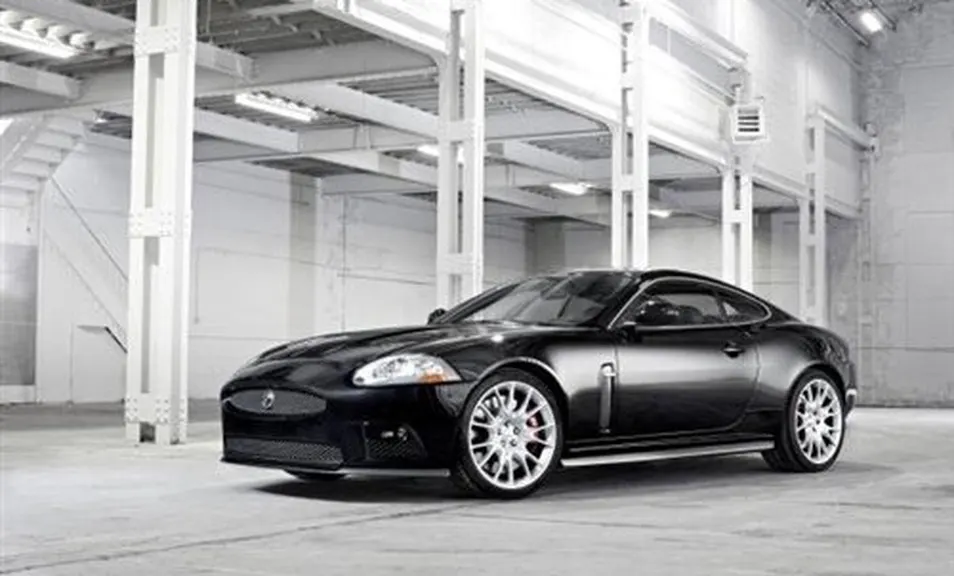
The first new car of Jaguar in the new millennium is XK. Its design not only inherits the charm of Jaguar in the past, but also has a modern style. The body is based on the aluminum single shell chassis, using the previous 4.2L V8 engine, and later upgraded to the 5.0L version. The supercharged XKR model has a higher level of power and acceleration.
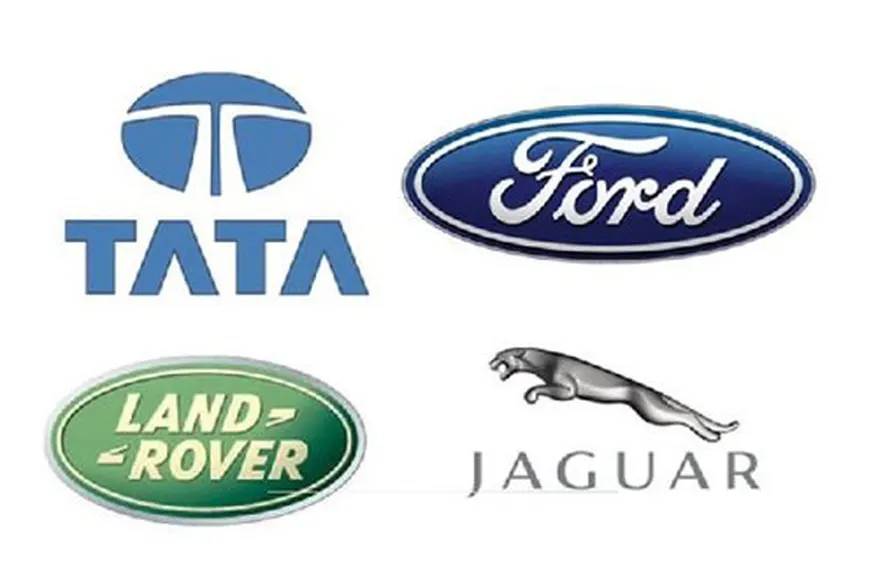
Five years of competition experience in F1 has also improved Jaguar’s popularity around the world. In 2007, the global financial crisis caused by the American subprime crisis made the U.S. automobile industry suffer a major blow and Ford Motor was not spared. In 2008, Ford sold Jaguar and Land Rover to Tata group of India for $2.3 billion.
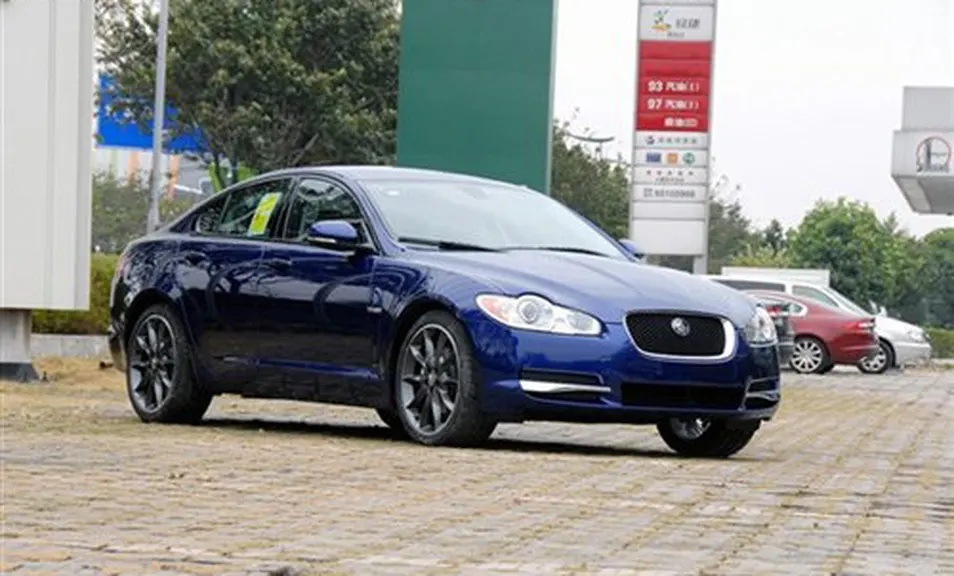
In 2008, Jaguar launched the sports coupe XF. The XF introduces technical and aesthetic improvements, and thanks to the series of characteristics of classic Jaguar performance, comfort and attractiveness to drivers, it immediately achieved success. It is a descendant of Mark II, who started the sports car front. The supercharged model XKR made a few changes and won the throne of the fastest Jaguar model at a speed of 363 kilometers per hour.
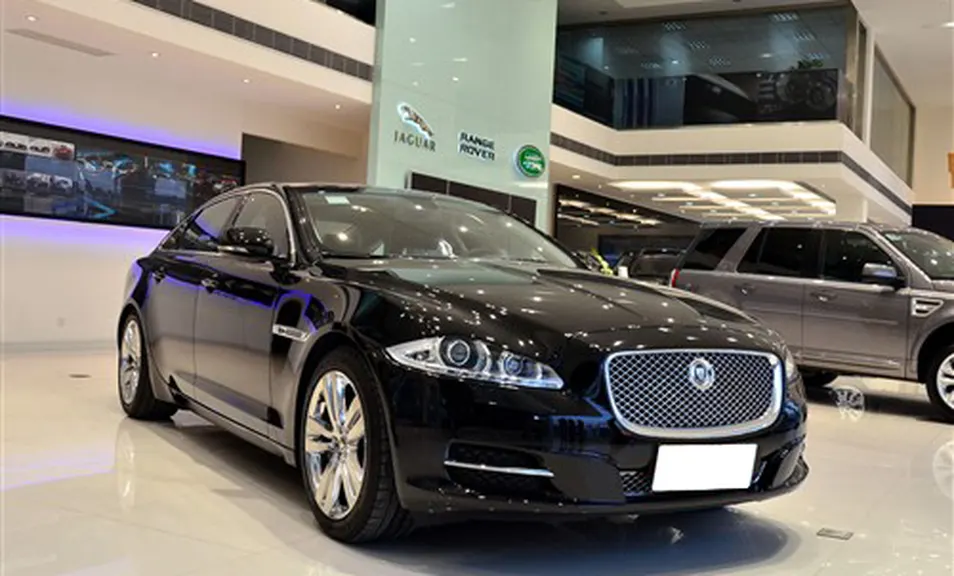
In 2009, Jaguar launched the new XJ luxury flagship sedan. The brand new XJ completely gets rid of the restrictions of the previous models of the same series and has achieved sales success in the world. The aluminum structure improves the performance and fuel economy of the vehicle, while the advanced power system creates the extremely rare agility in the car, while providing many luxury, safety and leisure functions.
At the 2010 Paris auto show, Jaguar launched the C-X75 electric concept car. The car has Jaguar family-style front face style, sharp body lines, fashionable frameless door, exaggerated hub like a windmill, and large caliber center double tail row. Its lightweight all-aluminum body technology can not only reduce vehicle weight, but also up to 50% of metal materials can be recycled.
There is a powerful 145kw motor on each of the four wheels of the C-X75, and the center of the car is the advanced micro gas turbine, which can charge the battery with 140kw power and increase the vehicle’s cruising range to 900km. The acceleration of C-X750 to 100km only takes 3.4 seconds, and the top speed is more than 330km / h. The vehicle can achieve zero exhaust emission within a distance of 190km when it is completely driven by electricity.
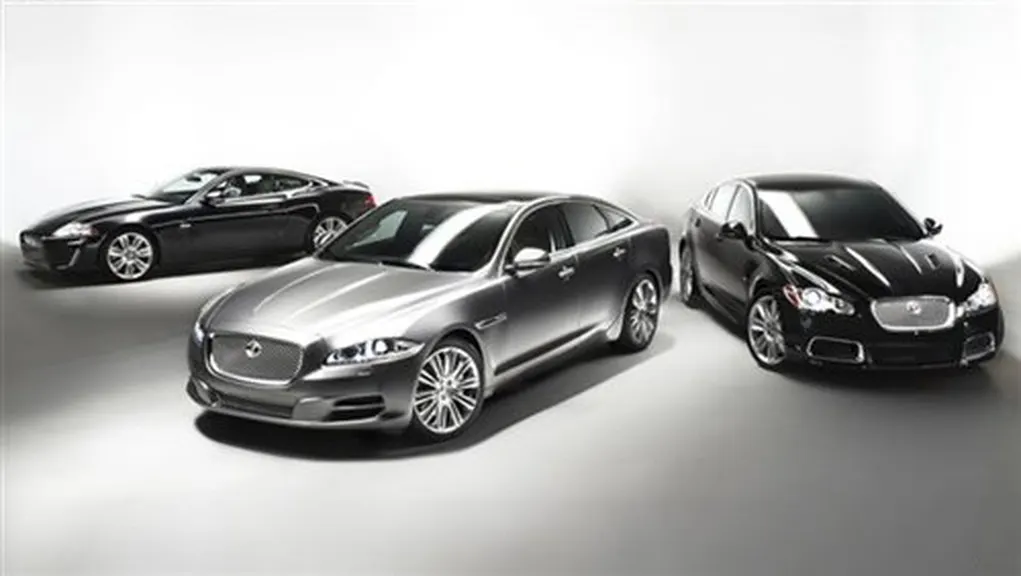
Summary:
Looking at the history of the Jaguar family, we found that no matter what period of time, Jaguar has always shown its unique taste with its elegant design and excellent performance. The essence of Jaguar’s brand has been passed down from generation to generation in the years, leaving countless and outstanding works that can stand the test.

